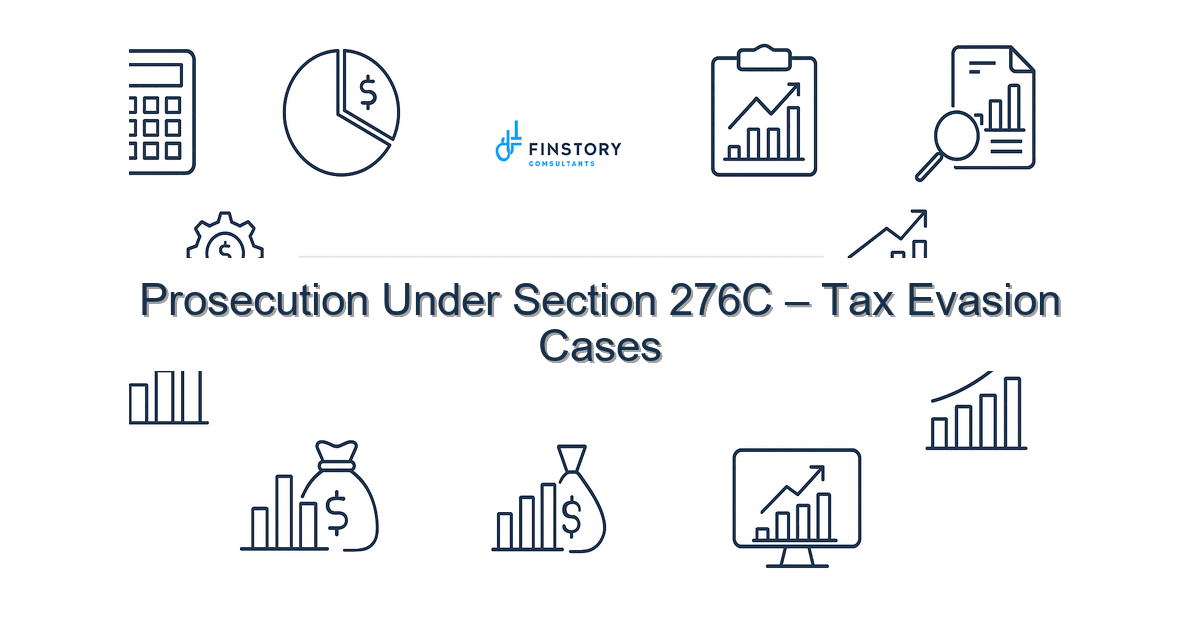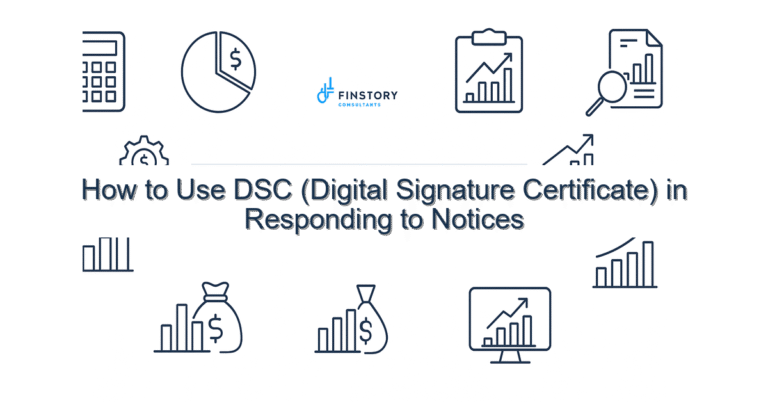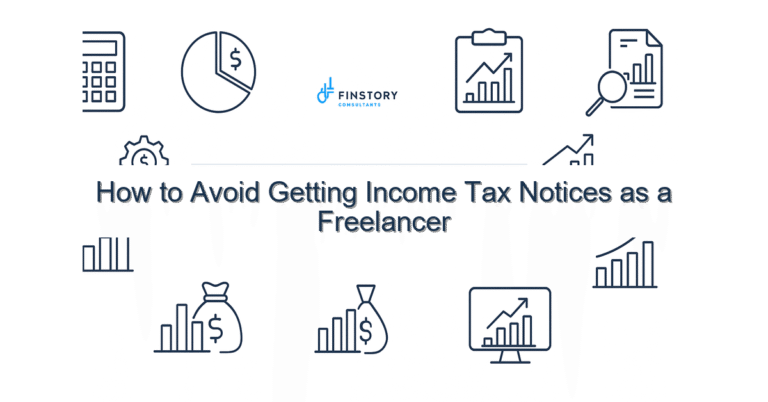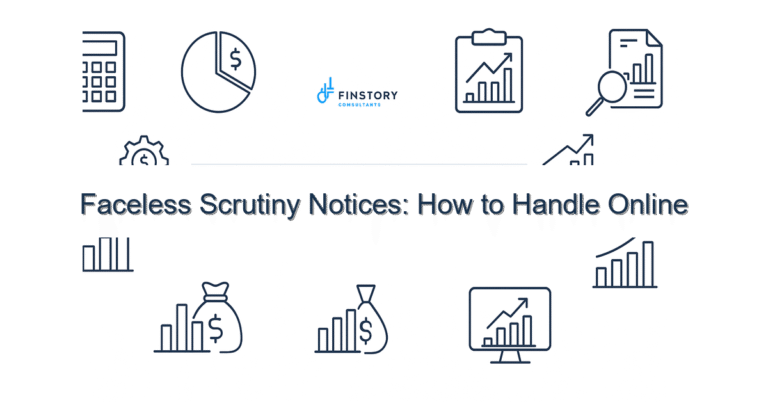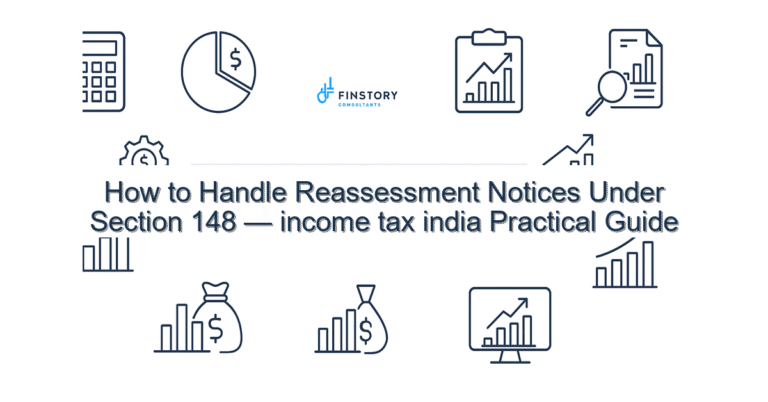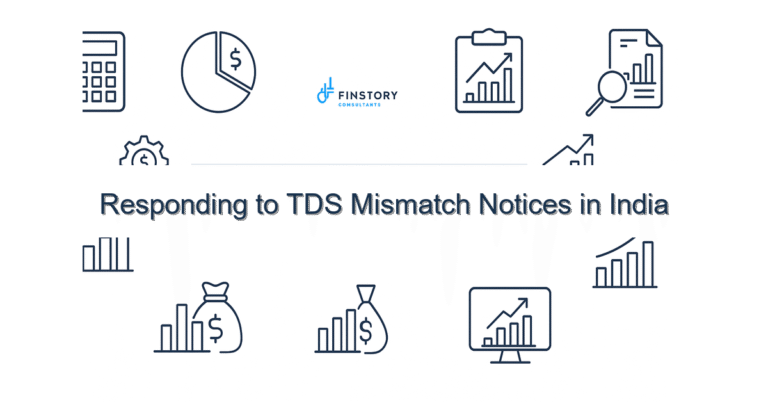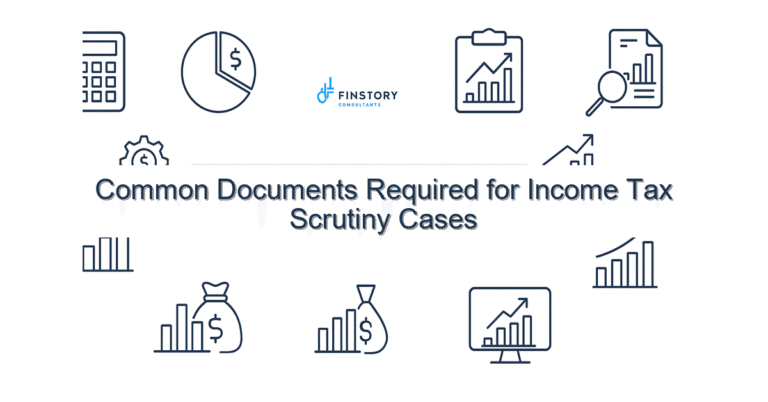Prosecution Under Section 276C – Tax Evasion Cases
Getting an income tax notice or fear of prosecution can keep you up at night. Many taxpayers—salaried people, professionals, founders or MSME owners—feel overwhelmed when the tax department uses terms like ‘prosecution’ or ‘demand notice’. You’re not alone; clarity and a calm plan often stop small mistakes from turning into criminal exposure.
Summary: Prosecution under Section 276C is triggered by willful attempts to evade tax and can lead to imprisonment and fines. The practical defence is timely compliance: reconcile AIS/26AS and TDS/TCS, correct omissions, respond to notices promptly and, when needed, seek a professional legal and tax review to avoid escalation.
What’s the real problem in India?
In India the tax system is complex: assessment years (AY) and previous years (PY) matter, CBDT circulars and departmental timelines keep changing, and forms/portals can be confusing. Prosecution is a serious legal step; it is not automatic. But certain red flags in your ITR, mismatches in AIS/26AS, or persistent non-cooperation can move a case from penalty to prosecution.
- SYMPTOM: Repeated mismatch between income declared and AIS/26AS showing higher TDS/TCS.
- SYMPTOM: Significant unaccounted cash deposits or unexplained capital gains without indexation details.
- SYMPTOM: Multiple notices with no timely response or belated filing beyond ITR filing last date.
- SYMPTOM: Large claims under deductions (e.g., exceeding Section 80C limit) without supporting evidence.
What people get wrong
Many taxpayers assume prosecution is only for big frauds. While major cases attract headlines, smaller compliance gaps—if persistent and willful—can also trigger prosecution. Common mistakes include:
- Ignoring simple reconciliations: not checking AIS/26AS against your ITR.
- Assuming a revised return always prevents criminal action—timeliness and intent matter.
- Underestimating TDS/TCS gaps and failing to collect or correct TDS certificates (TRACES issues).
- Not responding to departmental notices or offering vague explanations without evidence.
A better approach
Think prevention first, remediation second. A clear, documented approach reduces the chance of escalation to prosecution.
- Reconcile AIS/26AS and your bank/ledger statements: identify mismatches in TDS/TCS and reported income.
- Compute full tax, interest and preferred penalties and file belated/revised ITR if required before replying to show intent to comply.
- Respond to notices promptly with documentary evidence—bills, invoices, bank entries, proof of investments (Section 80C limit claims) and capital gains indexation calculations.
- If the department alleges willful evasion, consult a tax lawyer and professional immediately for representation and to negotiate compounding or consent mechanisms where available.
- Adopt internal controls—TDS/TCS tracking, monthly reconciliation and a yearly audit checklist—for future compliance.
Real-world example: A Delhi-based small trader missed reporting cash sales worth Rs 25 lakh in one PY. After an initial notice and reconciliation of AIS/26AS, they filed a revised return, paid tax and interest and provided bank evidence. Prosecution was avoided and the matter settled with a penalty—showing that early corrective action made the difference.
Quick implementation checklist
- Download your AIS/26AS and compare TDS/TCS entries with your books this week.
- Check ITR status: were you within the ITR filing last date? If not, plan a belated/revised return.
- List any unreported cash receipts, unexplained bank credits or capital gains and gather supporting vouchers.
- Confirm investments claimed under Section 80C limit and collate proofs (PF, ELSS, life insurance receipts).
- Calculate potential tax + interest for omissions and prepare to deposit before responding to a notice.
- If TDS/TCS appears short in AIS/26AS, contact the deductor or use TRACES to get corrected certificates.
- Prepare a one-page response for any outstanding department notice with clear facts and documentary attachments.
- Take a screenshot of e-filing portal communications and store all email/tracking references.
- If unsure, book a consultation with a tax professional to review the file—don’t wait until prosecution is proposed.
What success looks like
- Fewer departmental notices year-on-year and quicker closure of pending matters.
- Lower total outgo: reduced penalties through early voluntary compliance and negotiated settlements.
- Higher chance of avoiding prosecution—cases reverted to penalty or assessment with documentation.
- Faster ITR processing and refunds where tax and TDS/TCS reconciliations are correct.
- Better organisational controls: regular AIS/26AS checks, TDS/TCS tracking and documented investment proofs.
Risks & how to manage them
Risk: Department alleges willful intent. Manage by documenting remedial steps: revised returns, voluntary payment of tax + interest, and clear communication. Risk: Delay in sanction or long court processes. Manage by early legal consultation to explore compounding, settlement, or withdrawal options where available.
Tools & data
Use these India-specific tools to stay on top of your compliance:
- AIS/26AS – primary reference for all TDS/TCS and tax payments reflected against PAN.
- Income Tax e-filing portal – file returns, upload responses and track notices.
- TRACES – download and reconcile Form 16/16A and TDS corrections.
- Bank and accounting software exports – for quick bank-to-book reconciliations.
- Calculator for interest and penalty estimates to plan voluntary payments.
FAQs
Q: What exactly triggers prosecution under Section 276C?
A: Prosecution is typically reserved for cases where the department alleges a willful attempt to evade tax—persistent non-disclosure, forged documents or clear suppression of income. The nature of evidence and taxpayer behaviour drive the decision.
Q: Can filing a revised ITR avoid prosecution?
A: Filing a revised ITR and paying due tax with interest can reduce the risk, especially if done before prosecution steps are initiated. However, timing and intent are crucial—late or evasive corrections may not fully protect you.
Q: How long before prosecution is initiated?
A: There’s no fixed timeline. The department usually completes assessment, issues show-cause notices and, after considering replies and evidence, may initiate prosecution. Quick, documented responses shorten the timeline and often prevent escalation.
Q: Will a settlement or compounding be possible?
A: In many cases, penalties can be levied or compounding/settlement options may be negotiated—especially for first-time or non-willful lapses. Legal advice is essential to navigate these options.
Next steps
If you’re worried about a notice, mismatch in AIS/26AS, or past omissions, act now: reconcile records, quantify tax + interest, and prepare a clear response. A short professional review can often prevent escalation to prosecution.
Work with Finstory. Speak with an Expert for a personalised plan to reduce your tax outgo and stay compliant. Book a free 20-min consultation.
Need more reading before you call? Check our resources
Work with Finstory. Speak with an Expert for a personalised plan to reduce your tax outgo and stay compliant. Book a free 20-min consultation.
📞 Need help with Income Tax in India?
Book a 20-min consultation with our tax team. Individuals, founders & MSMEs welcome.
Prefer email or phone? Write to info@finstory.net
or call +91 44-45811170.
